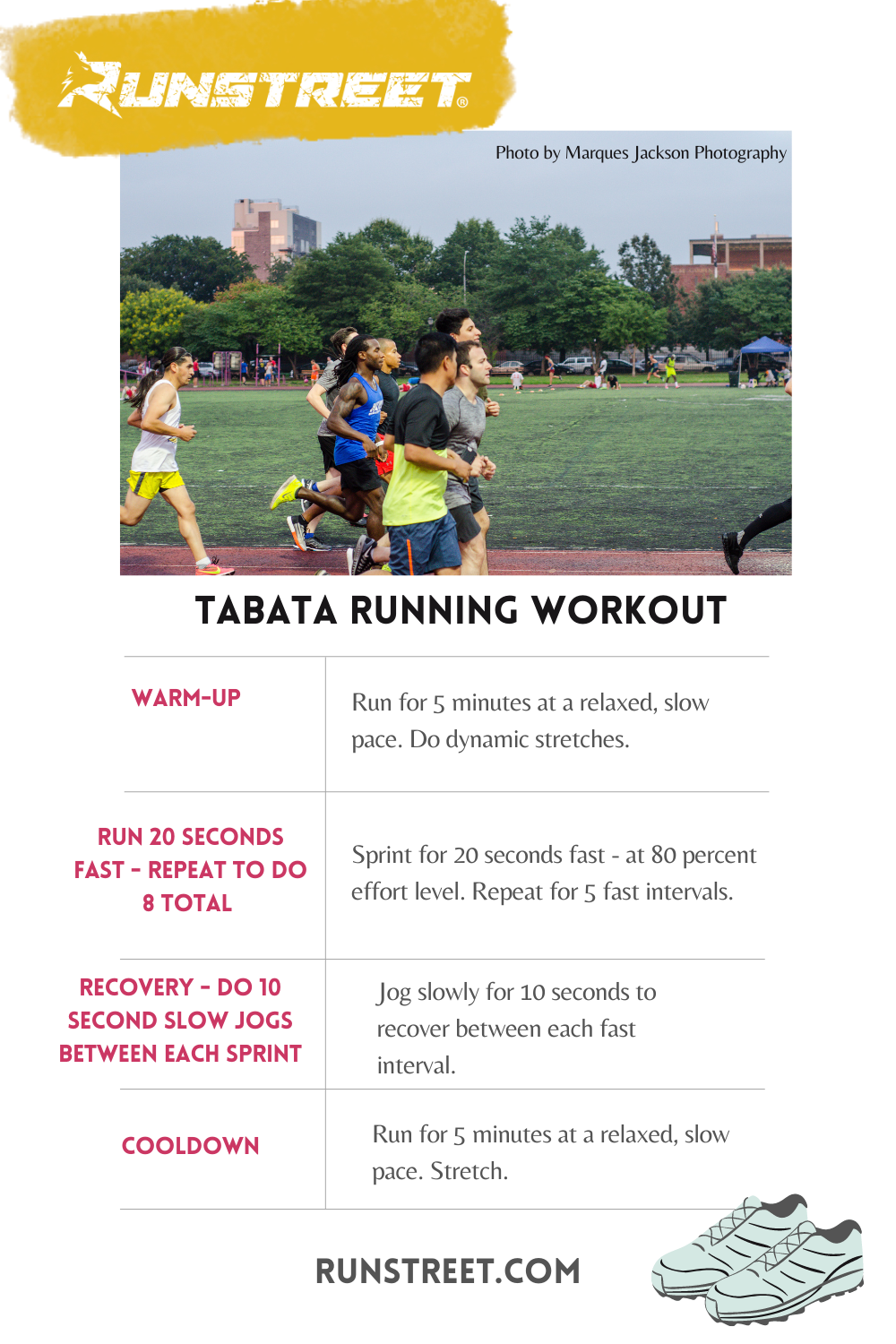Getting Over Discomfort in Operating: Methods and Techniques That Job
Discomfort is a typical friend for numerous joggers, commonly functioning as an obstacle to attaining their wanted objectives. With the right techniques and methods, it is possible to get over and also prevent the discomfort associated with running. By discovering different strategies such as understanding the various kinds of running discomfort, maximizing footwear and kind, incorporating cross-training and strength exercises, applying efficient recuperation approaches, and keeping proper nutrition and hydration, joggers can potentially alleviate their pain and improve their general running experience.
Comprehending Different Sorts Of Running Discomfort

Another kind of running pain is joint discomfort, which can show up as a sharp or throbbing discomfort in areas such as the knees, hips, or ankle joints (running strategy). Joint discomfort may be triggered by aspects like improper running kind, overuse, or underlying problems like arthritis (i thought about this). It is essential to set apart in between muscle mass pain and joint discomfort, as the latter may need clinical attention to stop further injury
Understanding the different kinds of running discomfort is important for reliable administration and prevention approaches to make sure a safe and enjoyable running experience.
Correct Footwear and Running Type
To enhance performance and lower the threat of running-related injuries, picking suitable shoes and maintaining proper running kind are crucial components for joggers of all degrees. Correct shoes plays an important function in offering assistance, cushioning, stability, and defense for the feet and lower limbs. It is recommended to select running footwear that are specifically designed for the person's foot kind, running gait, and the kind of running task they engage in. Obtaining suitabled for footwear at a specialized running shop can help make sure the appropriate fit and assistance.
:max_bytes(150000):strip_icc()/running-longer-or-faster-31e97070bda14ffc8afdea52094504c7.jpg)
Cross-Training and Toughness Exercises
Toughness exercises, like squats, lunges, and core workouts, play an important duty in stabilizing muscle mass and boosting running efficiency. They can correct muscle inequalities, improve agility, and increase power output, all of which are crucial for running performance.
It is vital to permit for appropriate rest in between running sessions and cross-training activities to protect against overuse injuries. By incorporating these components into a running regimen, runners can build a more powerful structure, improve performance, and take pleasure in an extra sustainable running experience - find this.
Recovery and Relax Strategies
Having actually established the importance of cross-training and strength workouts in a comprehensive running routine, focus can currently be routed towards Recovery and Relax Methods as essential parts for maximizing performance and lowering the risk of injuries. (running strategy)
Recuperation after running is crucial for muscle mass fixing and growth. Strategies such as foam rolling, extending, and massage therapy aid in reducing muscular tissue discomfort and boosting versatility. Sufficient remainder between runs permits the body to recuperate and adjust to the physical stress, preventing overuse injuries.
Incorporating active healing days right into a training schedule, where low-intensity activities like walking or cycling are carried out, can boost blood circulation and promote recovery without placing excess pressure on the muscle mass. Furthermore, correct hydration and nourishment play a vital duty in the recuperation process by replenishing shed fluids and nutrients.
Quality sleep is one more important aspect go to this site of healing that need to not be forgotten. During sleep, the body undergoes repair work and regrowth procedures, adding to general physical and mental well-being. By focusing on healing and rest methods, joggers can preserve ideal efficiency levels and decrease the likelihood of experiencing discomfort or injuries.
Nutrition and Hydration for Runners
Exactly how can runners optimize their efficiency with correct nourishment and hydration techniques? Nourishment and hydration are essential elements of a runner's training routine, playing a vital role in efficiency, endurance, and healing. To improve efficiency, runners need to concentrate on consuming a well-balanced diet that includes carbohydrates, proteins, healthy fats, vitamins, and minerals. Carbohydrates provide power for running, while healthy proteins help in muscular tissue repair and healing. Healthy and balanced fats support overall health and wellness and help in absorbing necessary nutrients. Sufficient hydration is also vital to keep optimum efficiency, as even light dehydration can adversely impact running performance. Runners ought to drink water prior to, throughout, and after their go to stay hydrated. Electrolytes, such as sodium and potassium, are additionally vital for keeping fluid equilibrium and muscular tissue function - running strategy. Furthermore, timing meals and treats properly before runs can aid prevent gastrointestinal pain and supply the necessary power for peak performance. By focusing on their nutrition and hydration, runners can enhance their endurance, quicken healing, and do at their best.
Conclusion
In final thought, by understanding the numerous sorts of running pain, putting on appropriate shoes, preserving correct running type, integrating cross-training and stamina exercises, prioritizing healing and rest, and concentrating on nourishment and hydration, joggers can properly overcome discomfort and improve their performance. Executing these methods and strategies can aid joggers stop injuries, boost their endurance, and inevitably take pleasure in an extra fulfilling running experience.